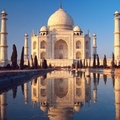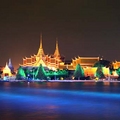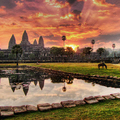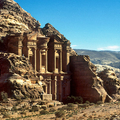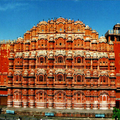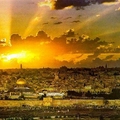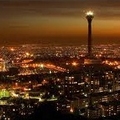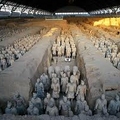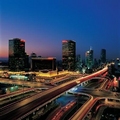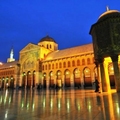Jaipur is the capital of Rajasthan, the most visited state in India –the state of richly adorned elephants, Maharajas and huge turbans. Located 260 km away from Delhi, Jaipur is a unique city. The name of the town relates to the founder of the city, Maharaja Jai Singh II, and comes from two words: “jai” which in Hindi means “victory” and “pur” which means “city”. Jaipur is also called the “Pink City” due to the pink color of the buildings in the Old Town area. Initially grey, they were painted in pink, the color of hospitality, in 1876, before the visit of Prince of Wales, and the tradition has survived until today. Since then, at certain time periods, the town is repainted in pink. Of course, not everything is pink here, many flats being orange or beige too, yet pink colour is predominant.
Nestled among the greenish hills from Aravalis, Jaipur is a jewel standing on the rough sands of Rajasthan. Jaipur is remarkable for both its architecture and city planimetry, and passionate spirit of its population. The city is a unique synthesis of culture that you need to experience in order to fully appreciate it. Whitness to pages of history, the city still boasts the magical charm of the past. The scent of chivalry and romance can be still sensed, although it has evolved into a modern city nowadays –the main centre of business activities in the area. Traces of the glorious past and the royal splendor are scattered throughout the city, in an almost cheerful abandon. Jaipur is the reservoir of the customs, traditions, civilization and Indian heritage. Ancient monuments remind about the victorious history. The city features famous building, among which the Hawa Mahal and Amber Fort, some of the best examples of Indian architecture. Temples and gardens mark the atmosphere of serenity that characterizes Rajasthan. The great ancient culture finds its expression in different festivals, such as the Elephant Festival, Diwali, Teej festival, Kite festival and Gangaur festival.
Jaipur is named after its founder, the warrior and astronomer sovereign Sawai Jai Singh II and it is the result of the scientific and astronomic knowledge of the former and architect instinct of Vadyadhar. This is the first planned city of India, located on the desert lands of Rajasthan. Construction of Jaipur city (in translation "city of victory") began in 1727 and was completed six years later. The construction was supervised by Sawai Jai Singh II himself, who decided to move the capital from Amber to the new urban settlement. Sawai (metaphorical title of excellence) Jai Singh II proved to be a skilful politician, having good relations with the Mughal emperor, Aurangzeb, and maintaining at the same time, the autonomy of the kingdom. He has also been an intellectual and a patron of artists. During his 40-year rule, Jaipur has become the meeting place of artists from different parts of India; Sawai Jai Singh II has also shown a special interest for astronomy and astrology. Nowadays, Jaipur is a major business center for the residents of Rajasthan, offering all the amenities of a large metropolis. This city with nearly 4 million inhabitants is a strong competitor to New Delhi in terms of traffick and crowds.
The most important tourist attraction of Jaipur, Hawa Mahal, is a building on five levels built in the Rajput style. The "Palace of Winds" was built in 1799 during the reign of Sawai Pratap Singh (1778-1803), poet, composer and patron of arts, and designed by Lal Chand Usta. The palace was built in the honor of Krishna (Krishna is one of the central figures of Hinduism, considered an avatar (incarnation) of the god Vishnu; it is also the patron deity of the city) and the architectural facade reminds of the mukut – crown of Krishna. The facade, richly decorated, is composed of five floors and contains 953 small windows called “jharokhas”. The narrow openings and balconies were designed for the wives and concubines of the Maharaja, who could watch the crowds on the street without being noticed. Nowadays, the palace has the same purpose, only that instead of the beautiful Rajputs, those spying on passers-by are the monkeys. The small windows and arched roof offer it a fairytale charm. At the same time, these openings allow wind to pass easily, cooling off the interior space during hot summer days, and create a specific sound -this is reason why it is called the “Palace of Winds” or “Palace of the Breeze”. The building is only to be admired from the outside.
Jantar Mantar is one of the five observatories constructed by Sawai Jai Singh II, the other four being located in Delhi, Ujjain, Mathura and Varanasi –among these, the Jaipur Observatory is the largest and best preserved one. Built between 1728-1734, the observatory includes 16 instruments built in local stone and marble - of considerable size - for different astronomical measurements: to determine the position of the sun, moon and stars, make astrological calculations, read the future in the stars' movement, determine whether it is a bad or good period for certain important events to take place (weddings, ceremonies, military campaigns, etc.), calculate local time. The complex also houses a set of 12 instruments representing the zodiac signs used by astrologers for writing horoscopes. Some of these tools are still used to predict the duration and intensity of monsoon, the possibility of flood or famine with spectacular accuracy. Here one of the largest sundials in the world can be found, which is 50 meters long and 30 meters high.
The Amber Fort – located only 13 km away from Jaipur – represented the capital of Rajput kings until 1727. Its construction was initiated by Man Singh I in 1592 and was completed by his descendant, Jai Singh I. Its imposing exterior hides an inner paradise, a beautiful fusion of Mughal and Hindu styles in their ultimate expression. The buildings added to the palace during the reign of Jai Singh I (1621-1627) are the real attraction of the place nowadays. The palace was protected by Jaigarh Fort, built on a nearby hill and which can be admired from Amber. Situated on a hill itself, Amber palace offers a panoramic view on Lake Maota, the two gardens and the old town. Amber was known as a major urban city in the past. Emperor Akbar himself, on his way to Ajmer, a place of pilgrimage for Muslims, used to stop to rest at Amber. Nowadays, Amber fort remained a masterpiece of Moghul architecture, a luxurious and refined space, with floating gardens on artificial lakes, with reception rooms supported by 27 pairs of stone columns, with the resting room of monarchs embellished with mirrors and gems, and walls carved in stone. The fort can be accessed by jeep and a visit to the royal chambers profusely decorated with ivory, mirrors and paintings will be an unforgettable experience. Only a part of the palace is open to public - the other is reserved for Maharajah Sawai Man Singh II, descendant of Sawai Jai Singh II.
The Palace Museum, currently administered by the state, is a vivid picture of arts and crafts, as well as of the extremely elaborate court ceremony that characterized the reigns of Rajput kings. The museum comprises: Textile and Costume Gallery, Art Gallery, Weapon Gallery, Gallery of Transportation, the latter being recently added to the museum complex. The Art Gallery includes several valuable pieces, including the Persian version of the famous Hindu Ramayana. It also hosts a miniature school where you can admire the famous works of contemporary artists, who were conferred the highest civilian order by the president of India. The school is sponsored by the Maharaja of Jaipur.
Another attraction of the city is the puppet theater –dramatic art that has registered a decline in the last century and has managed to survive today in the tourist programs. Stage puppeteers bring episodes of the glorious past of the Rajput kings, being accompanied by a narrator and singers at various musical instruments. Sometimes, puppet theater serves social and educational causes.
Jaipur is renowned for the trade with precious and semi-precious stones, jewels being an integral aspect of Rajput culture. Jewelers are organized in specific corporations whose occupation dates from the sixteenth century. Sanding of emeralds and diamonds is one of the central occupations of these communities.
By Maria Morari
Others
Top cultural destinations in Asia .
A bustling melting pot of modernity and history, Asia is an enchanting and exotic land, with fascinating places, gorgeous landscapes, welcoming people and intriguing culture.
Check out our selection of the best cultural destinations in Asia to discover and explore the beautiful Asia and its culture!
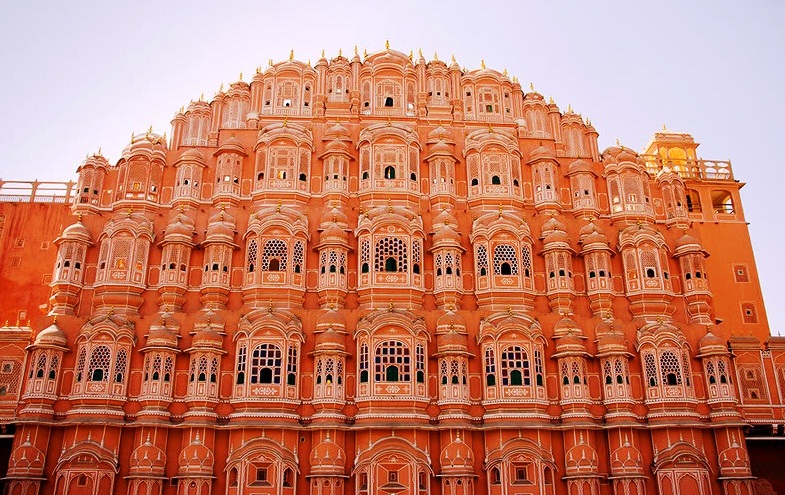
Jaipur in India - Hawa Mahal
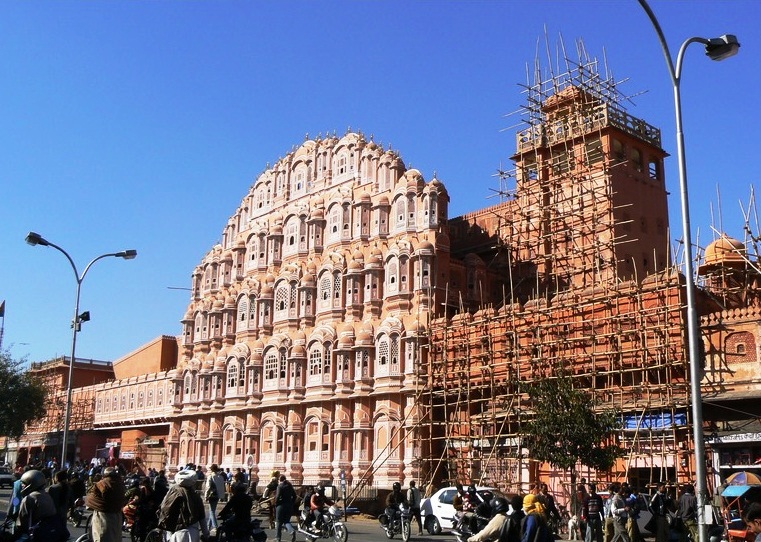
Jaipur in India - Hawa Mahal
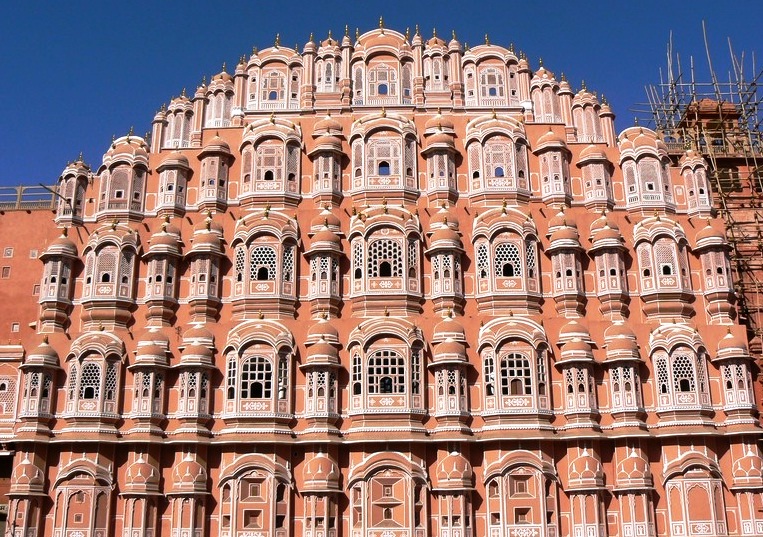
Jaipur in India - Hawa Mahal
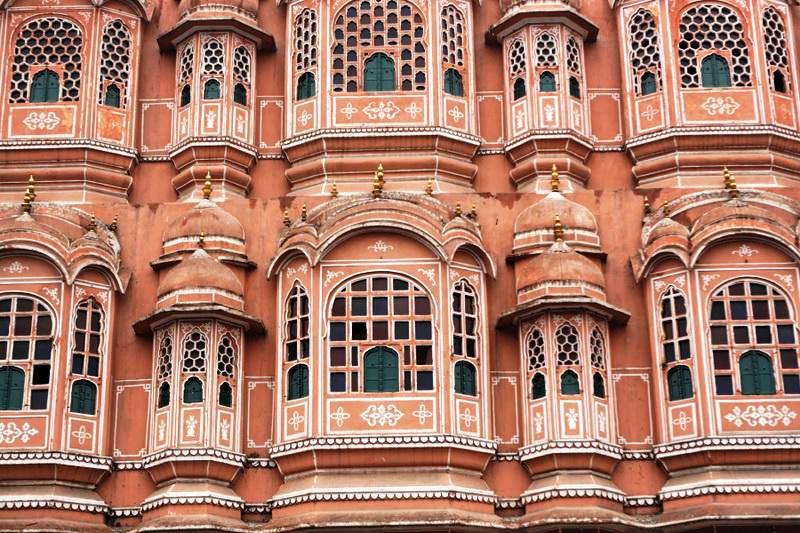
Jaipur in India - Hawa Mahal
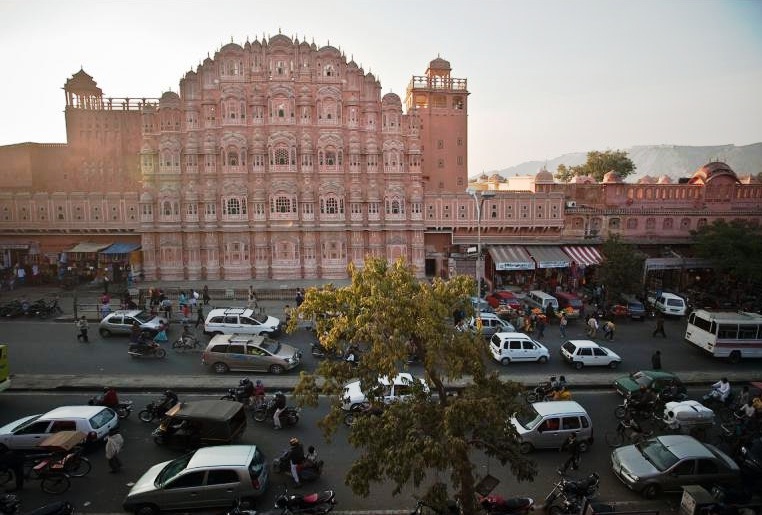
Jaipur in India - Hawa Mahal
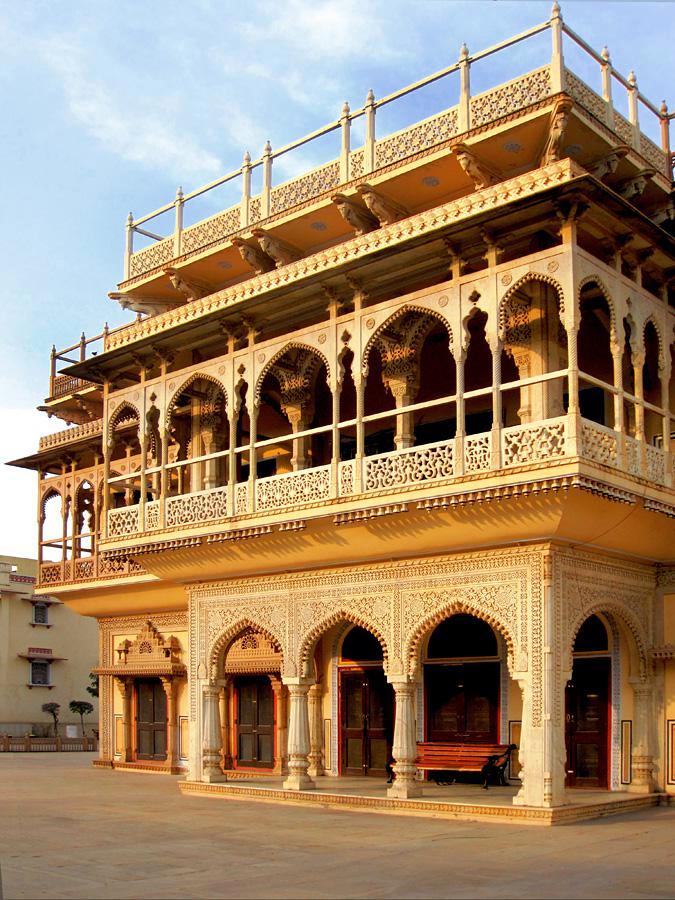
Jaipur in India - Mubarak Mahal
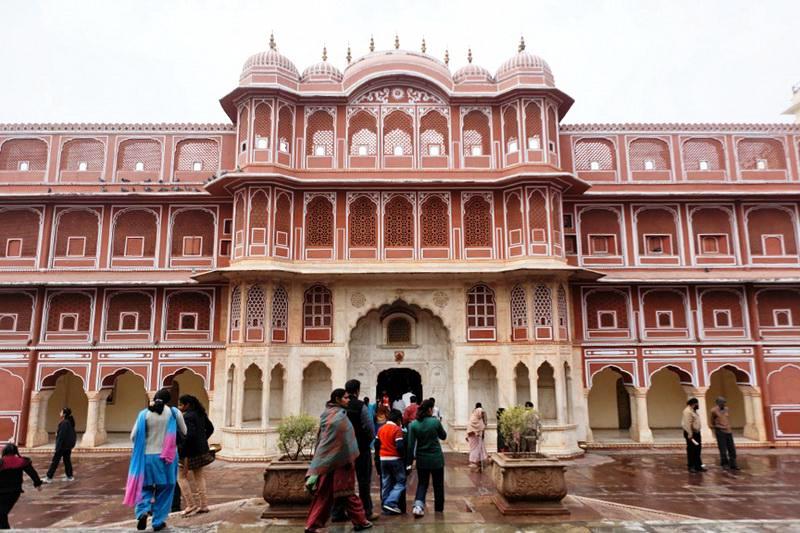
Jaipur in India - Facade in City Palace complex
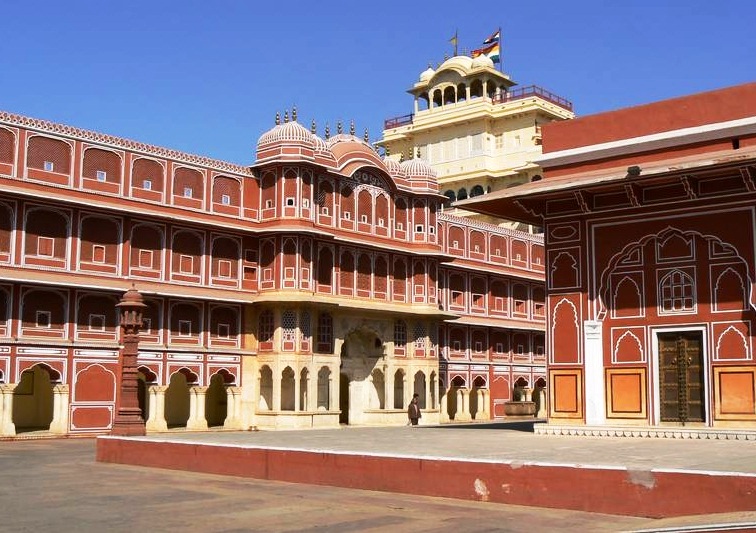
Jaipur in India - Chandra Mahal
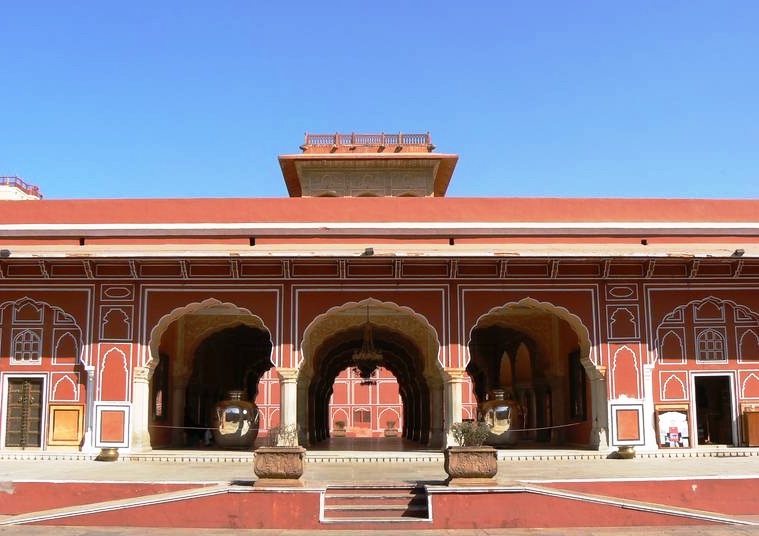
Jaipur in India - City Palace
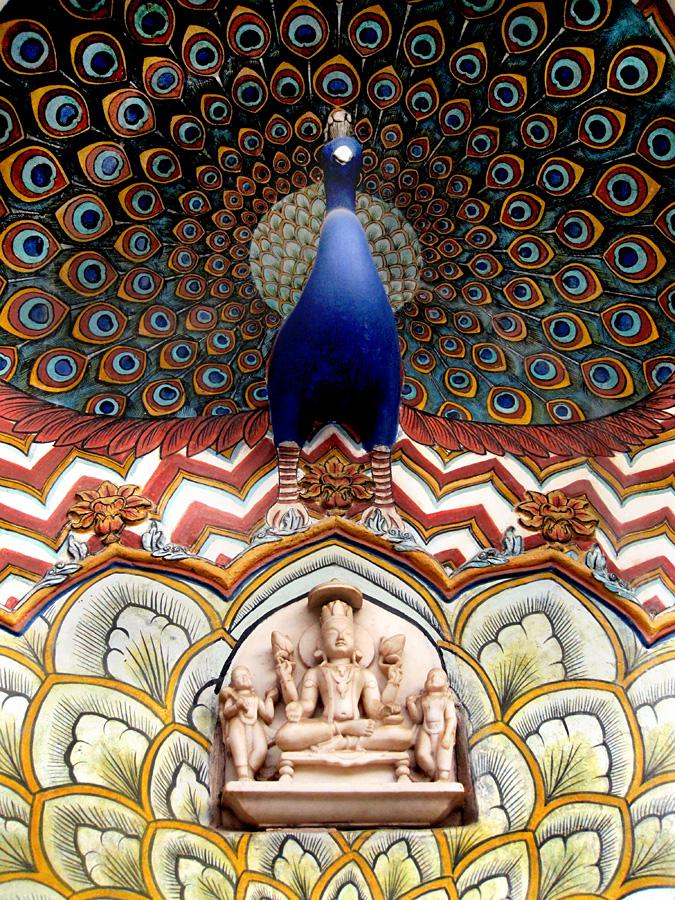
Jaipur in India - City Palace
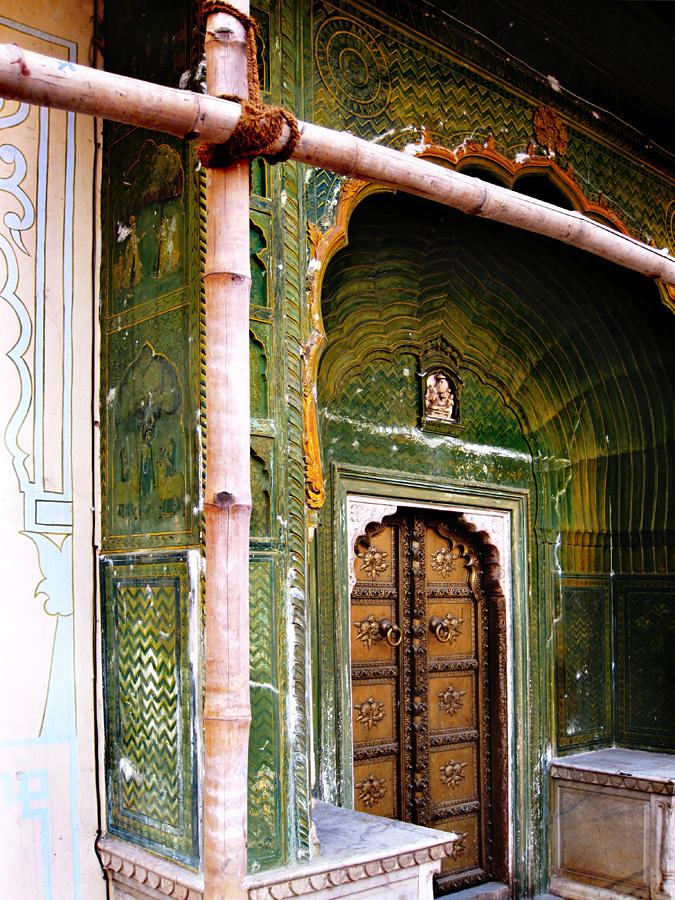
Jaipur in India - City Palace
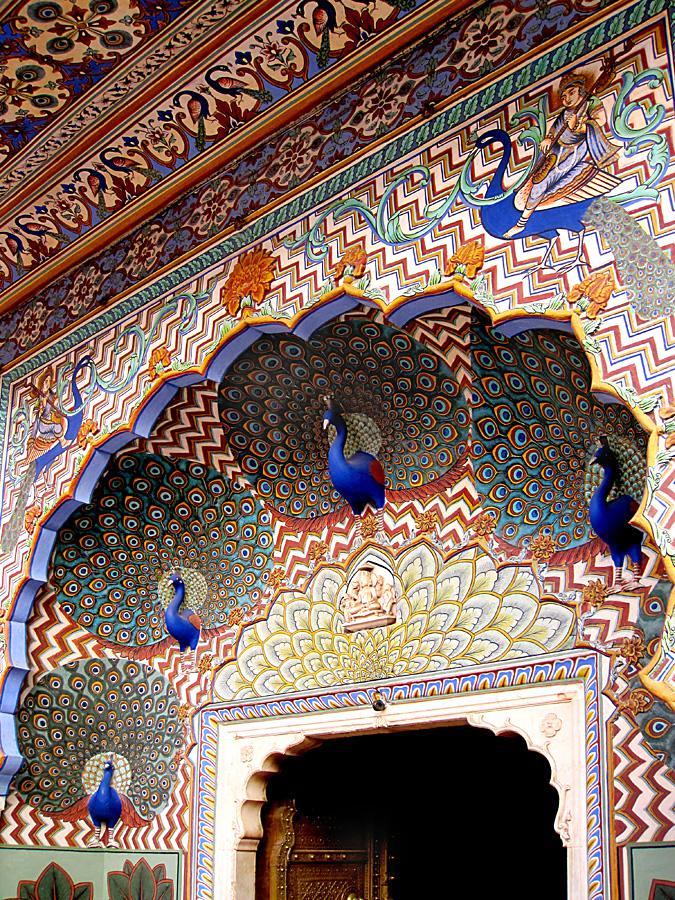
Jaipur in India - Peacock Gate
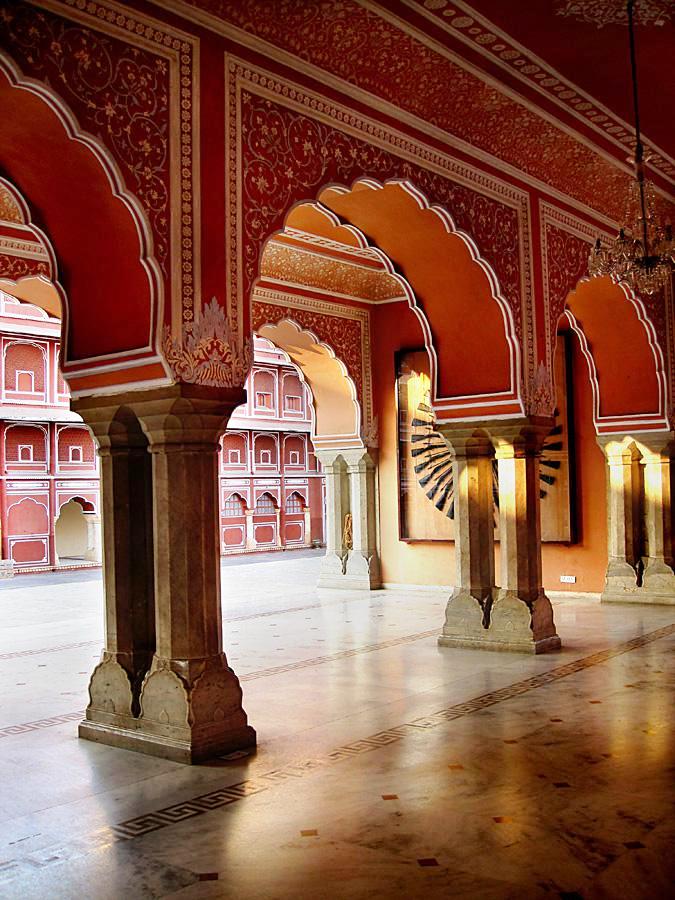
Jaipur in India - Diwan-I-Khas
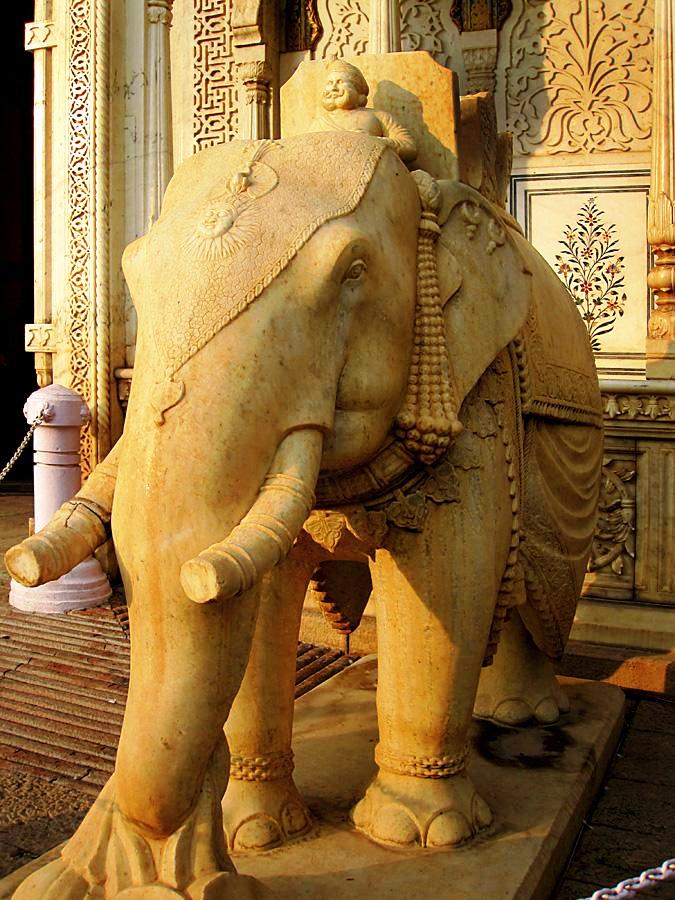
Jaipur in India - City Palace
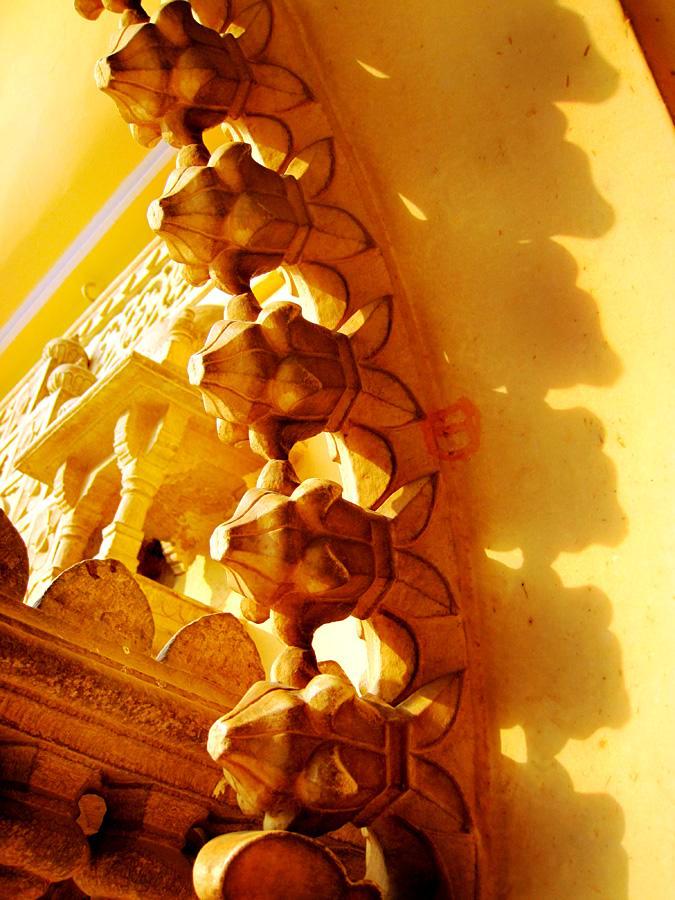
Jaipur in India - City Palace
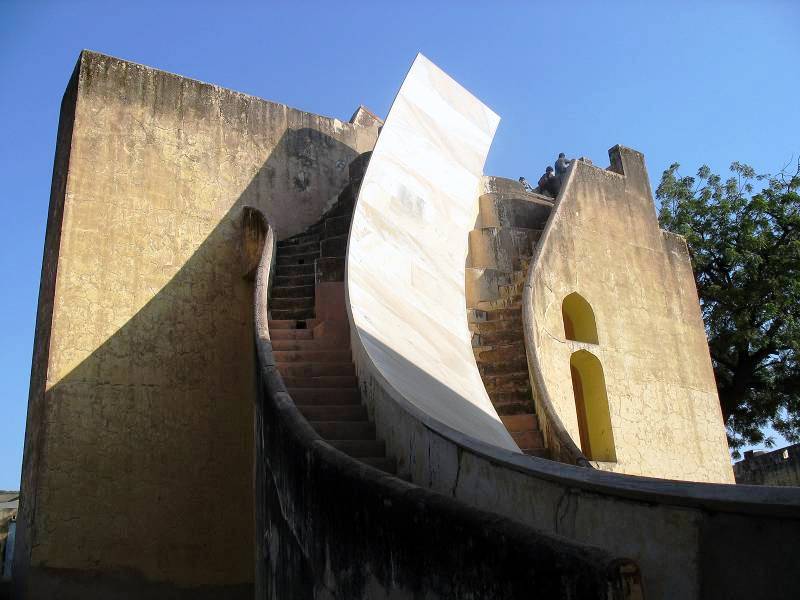
Jaipur in India - Jantar Mantar
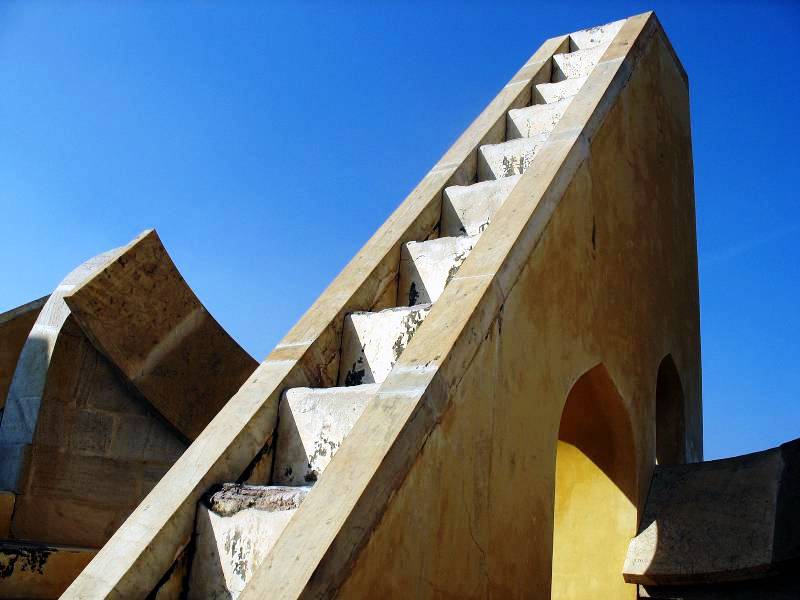
Jaipur in India - Jantar Mantar
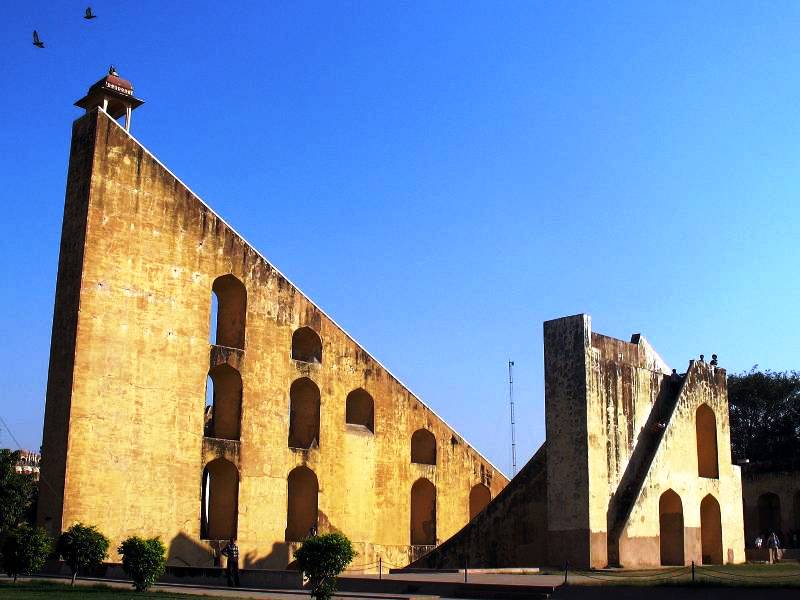
Jaipur in India - Jantar Mantar
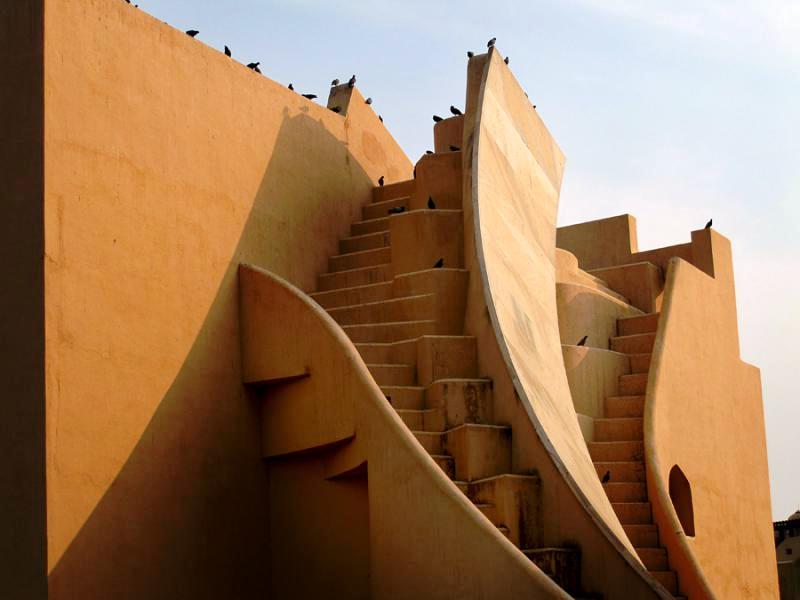
Jaipur in India - Jantar Mantar
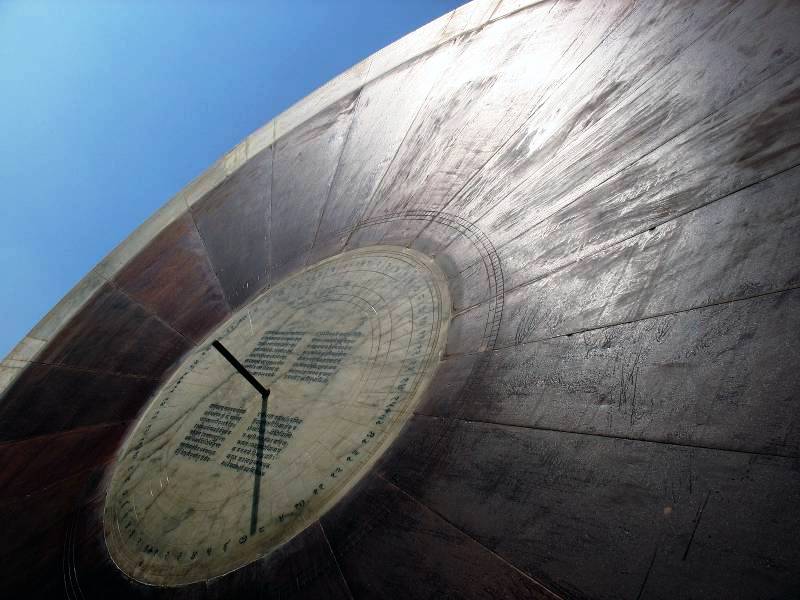
Jaipur in India - Jantar Mantar
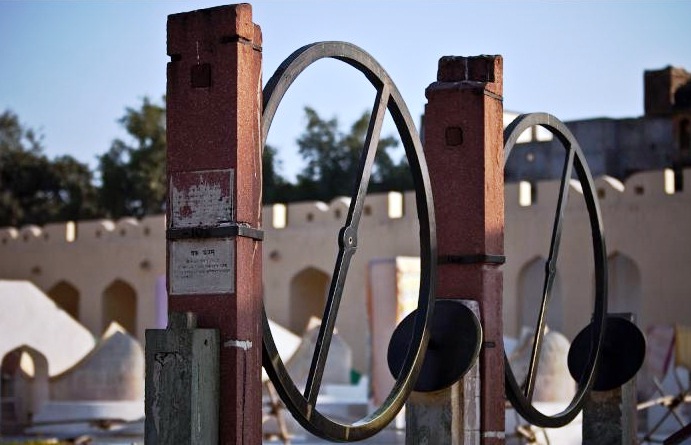
Jaipur in India - Jantar Mantar
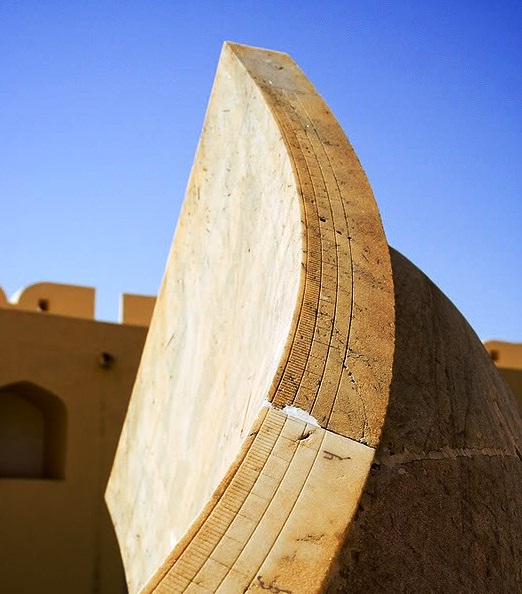
Jaipur in India - Jantar Mantar
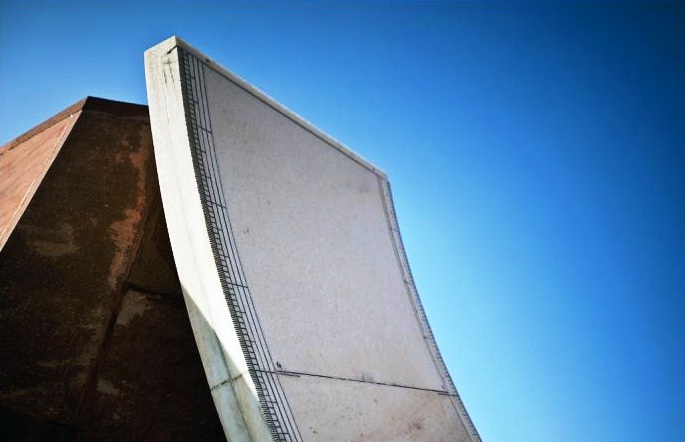
Jaipur in India - Jantar Mantar
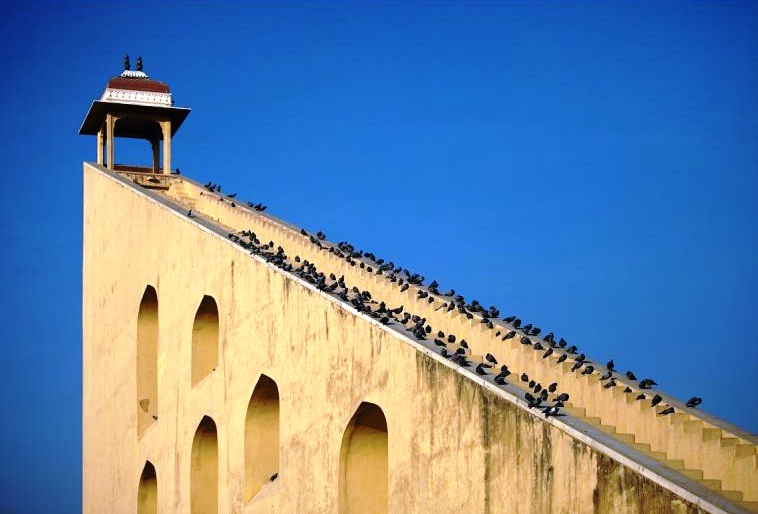
Jaipur in India - Samrat Yantra
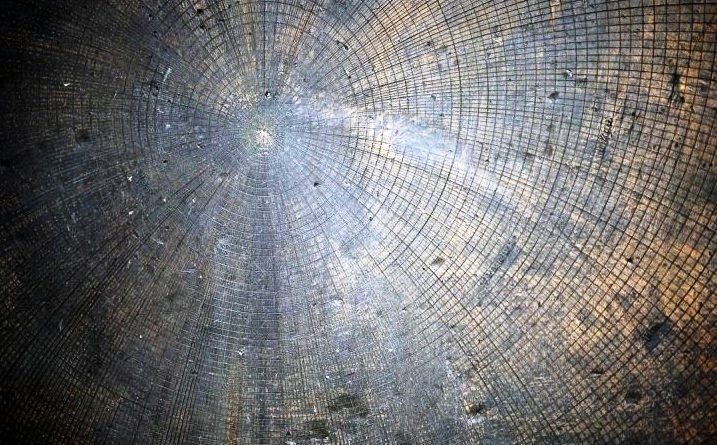
Jaipur in India - Jantar Mantar

